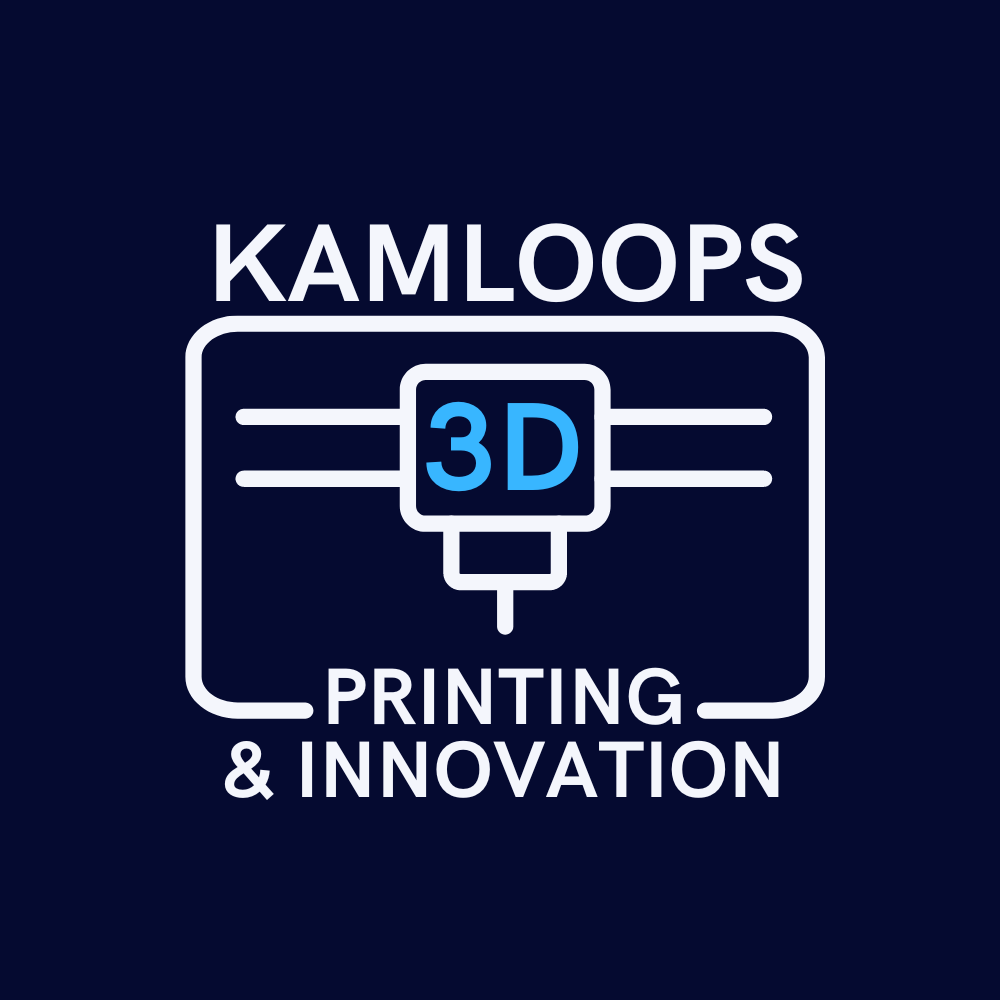
Repair and Replacement
It can be incredibly frustrating to have something break and not be able to get a spare part. Manufacturers may stop making spare parts for repairs and some don’t even make them to begin with. Sourcing spare parts can be a time consuming and expensive process. 3D design and printing technology could solve this problem particularly if the item is still in good condition apart from the broken part. By replicating the broken part instead of replacement of the entire object you will save money and reduce waste.
Some of the objects we have repaired have meant a great deal to the owners and it is always great to see objects returned to working condition.
This suitcase has been used for over thirty years and all that was wrong with it was that the wheels had lost the treads. Everything else about the case was in perfect condition. So in this example it was assessed that the treads could be easily replicated and replaced with a flexible filament. Which saves the owner the bother of finding a new suitcase they liked of the same quality. The expense of buying a new suitcase. The waste from the old suitcase and the emissions in the manufacture of the new one. Rather than just make the wheels out of black, a bright green color was chosen. The idea being that the case would then be easier for the owner to spot on luggage belts.
This syrup jug was one of many given out as wedding presents. All of them failed in the same place with the rubber spouts breaking. The solution here was to make a new spout with flexible TPU material. The jugs themselves were in perfect condition and were a high value item both in sentimental terms as a reminder of a happy occasion and in value as an expensive item. The manufacturers were unwilling or unable to supply spare parts. So far almost 10 of these jugs have been brought back into use by members of the customers family.
Assessment: Evaluate the item or object that needs to be repaired, replaced, or replicated to determine if it is feasible to undertake the project. Discuss any potential pitfalls or problems that may arise, and consider any safety concerns. Estimate the cost of the project to design and manufacture the part.
Design: Using computer-aided design (CAD) software, create a detailed 3D model of the part to be manufactured. Take into account any specific requirements or constraints, and ensure the design is optimized for 3D printing.
Print prototype: Use the 3D model to print a prototype design in the chosen materials. This will allow you to test the part for fit, function, and performance and identify any flaws or weaknesses in the design.
Test: Conduct thorough testing of the prototype, checking for any issues with fit, function, or performance. Assess whether the part functions as intended and meets the desired specifications.
Revise: Based on the results of testing, make any needed revisions to the design. Consider feedback from testing and consult with stakeholders as needed.
Print final parts and deliver: Once the design has been finalized and tested, print the final parts using the appropriate materials and settings. Conduct quality control checks on the finished parts, then deliver them to the customer or install them as required.
